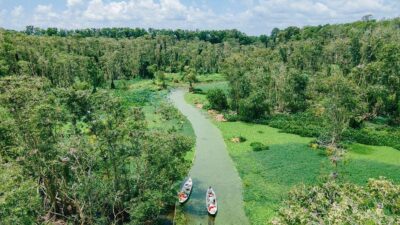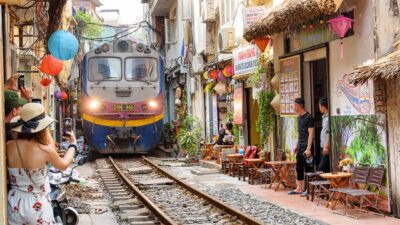Rock climbing Vietnam has emerged as a thrilling and increasingly popular adventure activity over the past decade. With a diverse landscape that stretches from towering limestone cliffs in the north to granite boulders in the south, Vietnam is now on the radar of global climbing enthusiasts. Whether you’re into sport climbing, traditional routes, or bouldering, Vietnam offers a breathtaking mix of natural beauty, cultural richness, and outdoor challenge.
If you’re looking for your next climbing adventure, Vietnam’s rock climbing scene is dynamic, accessible, and still relatively undiscovered compared to other Asian destinations. This comprehensive guide explores the best locations for rock climbing in Vietnam, the experience level required, local climbing communities, and why Vietnam deserves a top spot on your climbing bucket list.
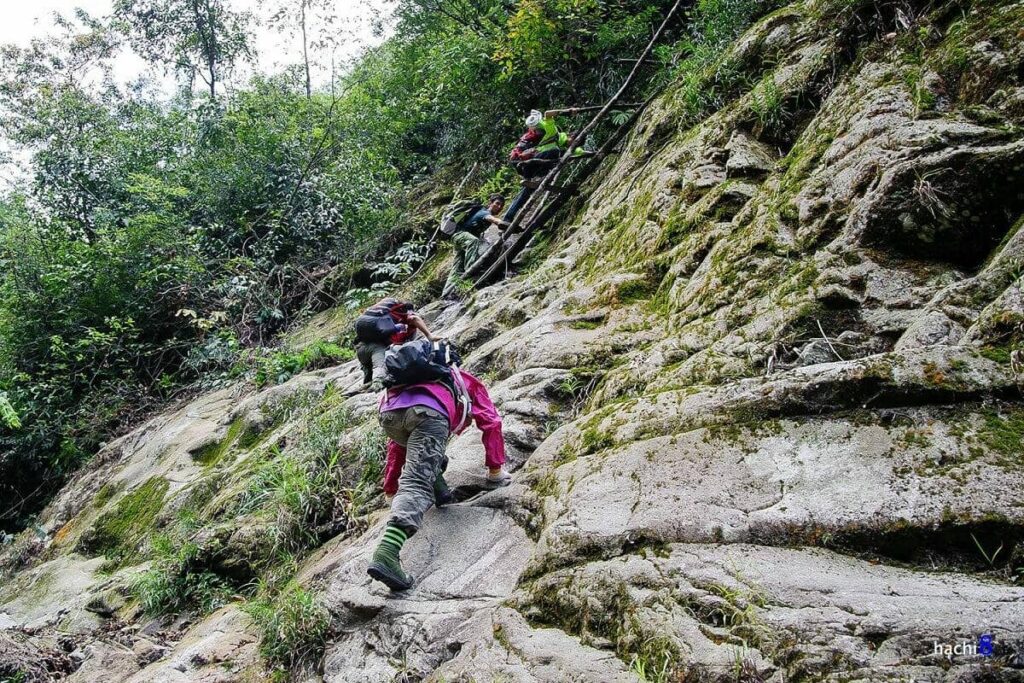
The Growth of Rock Climbing Culture in Vietnam
Although rock climbing has a long global history, it was only in the early 2000s that Vietnam began to develop an organized climbing scene. Thanks to passionate individuals and organizations like VietClimb, Push Climbing, and Nival, the sport has expanded from indoor gyms in urban centers to outdoor crags in remote provinces.
Today, Vietnam boasts:
- Numerous outdoor crags in the north and south
- Indoor climbing gyms in Hanoi and Ho Chi Minh City
- Professional guiding services for beginners and advanced climbers
- A growing climbing community with events, competitions, and workshops
In 2021, Vietnam officially recognized climbing as a national sport, marking a significant milestone for its development.
Top Destinations for Rock Climbing Vietnam
Ha Long Bay – Iconic Limestone Cliffs and Deep Water Soloing
- Location: Quang Ninh Province, Northern Vietnam
- Best for: Deep Water Soloing (DWS), sport climbing
- Level: Intermediate to advanced
Few places in the world offer such dramatic scenery as Ha Long Bay. Climbing here means scaling karst limestone towers rising straight out of emerald waters. Deep water soloing—climbing without ropes over water—is a major draw here, offering an adrenaline-filled experience in a surreal setting.
Highlights:
- Hundreds of limestone routes
- Boat access to remote crags
- Ideal from May to October
- Hosted in part by Asia Outdoors and VietClimb
Note: DWS is dependent on tides and weather. Always climb with a guide or experienced group.
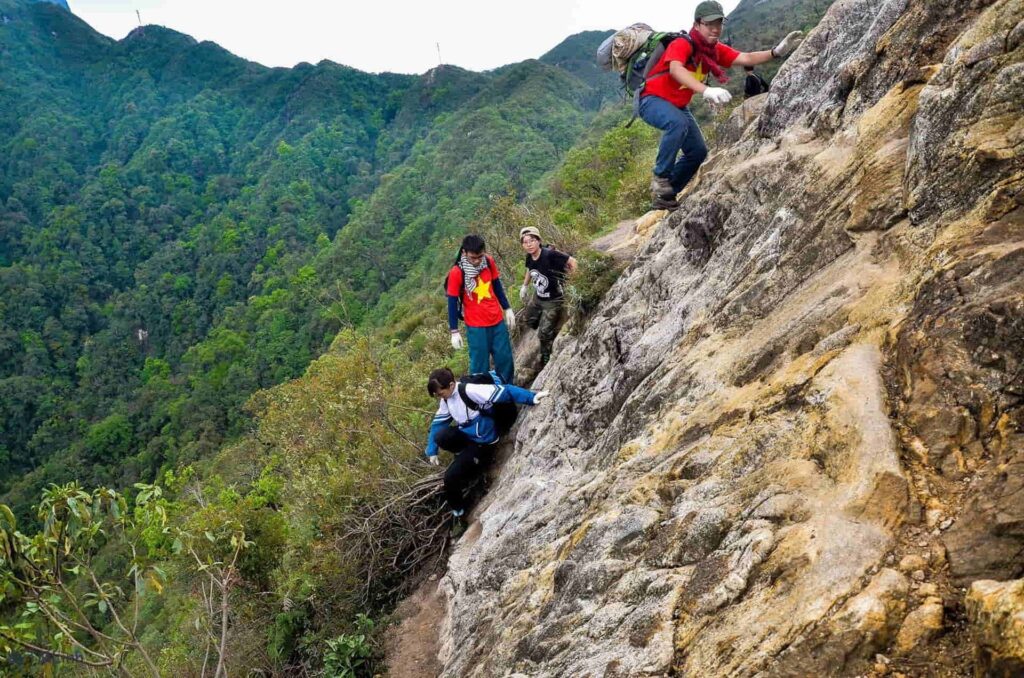
Huu Lung – Vietnam’s Premier Sport Climbing Crag
- Location: Lang Son Province, ~2.5 hours from Hanoi
- Best for: Bolted sport climbing
- Level: All levels
Huu Lung is considered the heart of outdoor sport climbing in northern Vietnam. Developed by VietClimb since 2012, it features well-maintained routes, safety bolts, and scenic valleys perfect for multi-pitch climbing.
Why Huu Lung is a Must-Visit:
- Over 100 bolted routes
- Grades range from 5a to 8a+
- Limestone cliffs and caves
- Regular climbing events and competitions
- Suitable for family and group trips
Cat Ba Island – Crags with Coastal Views
- Location: Hai Phong Province
- Best for: Sport climbing, traditional routes
- Level: Beginner to advanced
Located near Ha Long Bay, Cat Ba Island offers a mix of traditional and sport routes with panoramic ocean views. It’s more accessible than Ha Long Bay for climbers on a tighter budget or schedule.
Good to Know:
- Home to Butterfly Valley, a popular climbing area
- Best climbed between October and May
- Some areas are accessible by scooter and short hikes
- Climbing can be combined with kayaking and hiking

Suoi Da – Bouldering Paradise in Southern Vietnam
- Location: Ba Ria – Vung Tau, 2 hours from Ho Chi Minh City
- Best for: Bouldering
- Level: All levels, especially beginners
For those based in Ho Chi Minh City, Suoi Da offers a quick and refreshing escape into nature. This granite boulder field is one of the few dedicated bouldering spots in Vietnam.
Features:
- Granite blocks ranging from 2–6 meters
- Variety of slab, vertical, and overhanging problems
- Climbable year-round (though best during dry months: November–April)
- Used for day trips and weekend camping
Phong Nha – Untapped Potential in Central Vietnam
- Location: Quang Binh Province
- Best for: Potential for exploration and first ascents
- Level: Advanced
While not yet fully developed, Phong Nha holds great promise. With massive limestone formations, hidden caves, and jungle-covered cliffs, the area is ideal for adventure climbers looking to establish new routes.
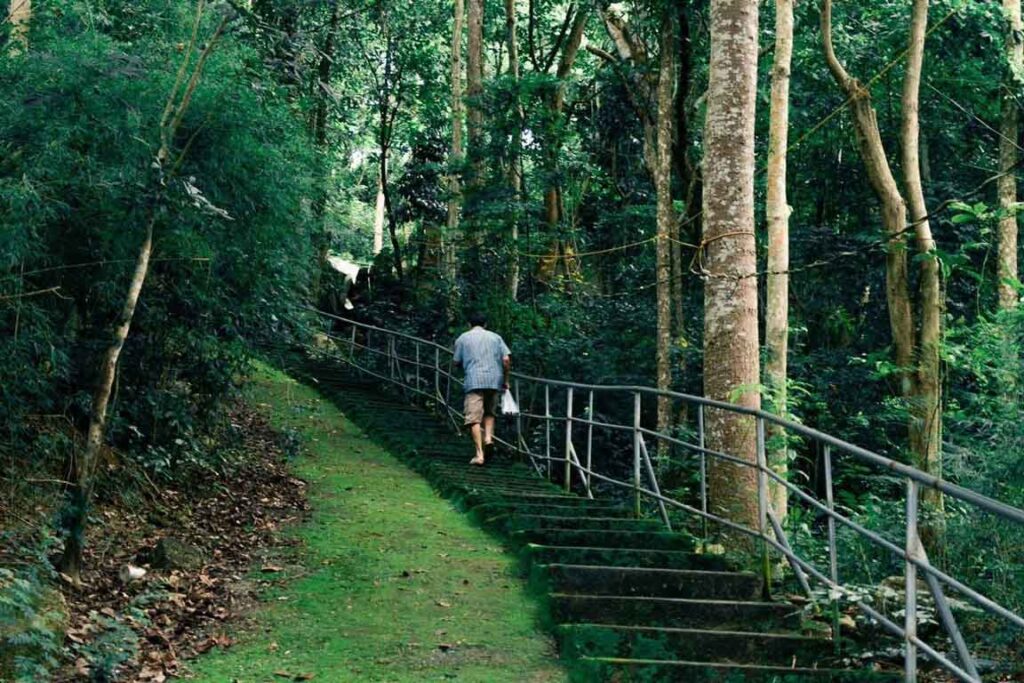
Epic Trekking Peaks for the Adventurous Climber
While not traditional rock climbing routes, Vietnam’s high-altitude trekking peaks offer a blend of scrambling, bouldering, and rope-assisted climbing that are perfect for those seeking extended alpine experiences.
Popular Peaks:
- Pusilung (3,086m) – One of the longest and most demanding treks
- Nam Kang Ho Tao (2,881m) – Known for steep, technical terrain
- Bach Moc Luong Tu (3,046m) – Stunning sunrise views and jungle paths
- Tà Xùa (2,865m) – Famous “dinosaur spine” ridgeline
- Lảo Thẩn (2,862m) – Easiest access for cloud hunting and light climbing
Though not traditional rock climbing spots, these peaks challenge both your endurance and your comfort zone, making them popular among adventure seekers and mountaineering enthusiasts in Vietnam.
Indoor Rock Climbing Gyms in Vietnam
If you’re just starting out or need to train during the rainy season, indoor climbing gyms provide a safe and controlled environment.
Notable Gyms:
- VietClimb (Hanoi) – Bouldering-focused, strong community base
- Push Climbing (Ho Chi Minh City) – Full-service gym with sport climbing walls
- Saigon Climbing Center (HCMC) – Great for beginners and children
Many gyms offer:
- Membership options
- Classes for all ages
- Equipment rental
- Events and competitions
Indoor gyms also serve as a gateway to outdoor climbing, offering guided trips to places like Huu Lung and Suoi Da.
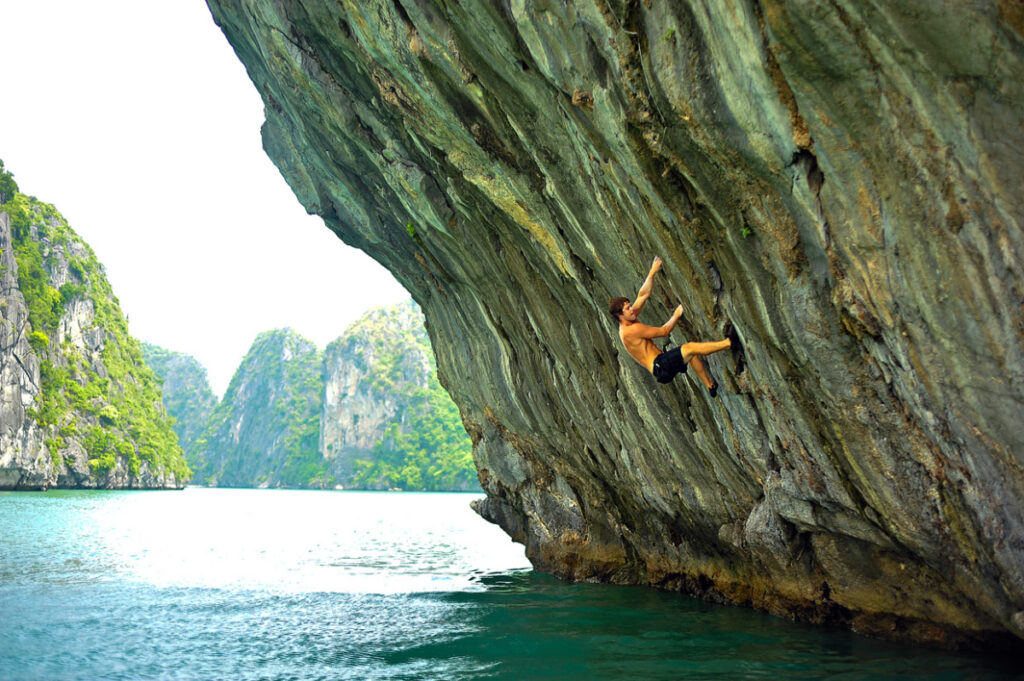
Community and Culture: The Spirit of Vietnamese Climbing
The rock climbing community in Vietnam is collaborative, environmentally conscious, and welcoming. Local climbers often lead:
- Clean-up campaigns
- First ascent expeditions
- Safety workshops and bolting initiatives
Climbing in Vietnam isn’t just about pushing grades—it’s about building a sustainable outdoor culture. Groups like Nival aim to create an ecosystem where climbers support one another and give back to the environment and local communities.
Tips for Rock Climbing in Vietnam
- Check Weather Conditions: Vietnam has a tropical monsoon climate. The best seasons for climbing are:
- North: October to April
- South: November to March
- Travel Insurance: Ensure it covers outdoor adventure sports.
- Local Guides: Especially recommended for Ha Long Bay, Phong Nha, and trekking peaks.
- Respect Local Customs: Especially when climbing near villages or spiritual sites.
- Leave No Trace: Take out all your trash and respect climbing access.
Equipment and Gear
Bring your own gear for most outdoor routes, as rentals may be limited.
- Essential items include:
- Harness, shoes, helmet
- Crash pad for bouldering
- Rope and quickdraws (for sport climbing)
- First aid kit and water filtration system for remote areas
- Most indoor gyms offer gear rentals for practice sessions.

Rock Climbing Tours and Packages in Vietnam
Several tour operators cater specifically to rock climbers, offering:
- Day trips from Hanoi or Ho Chi Minh City
- Multi-day climbing tours in Ha Long Bay or Huu Lung
- Combined trekking + climbing experiences
- Prices typically range from $40 to $200 USD, depending on location and duration
Is Vietnam a Worthy Climbing Destination?
Absolutely. Whether you’re a novice curious about bouldering or an expert chasing high-grade limestone routes, rock climbing in Vietnam offers an unmatched blend of adventure, scenery, and cultural immersion with VietnamTour.
From the tropical cliffs of Ha Long Bay to the granite boulders near Saigon, the country is rich in vertical terrain and warm community spirit. As Vietnam continues to develop its climbing infrastructure, it’s quickly becoming a top contender for the best climbing destination in Southeast Asia.
See more post: Mountain biking Vietnam – The ultimate adventure through nature and culture


